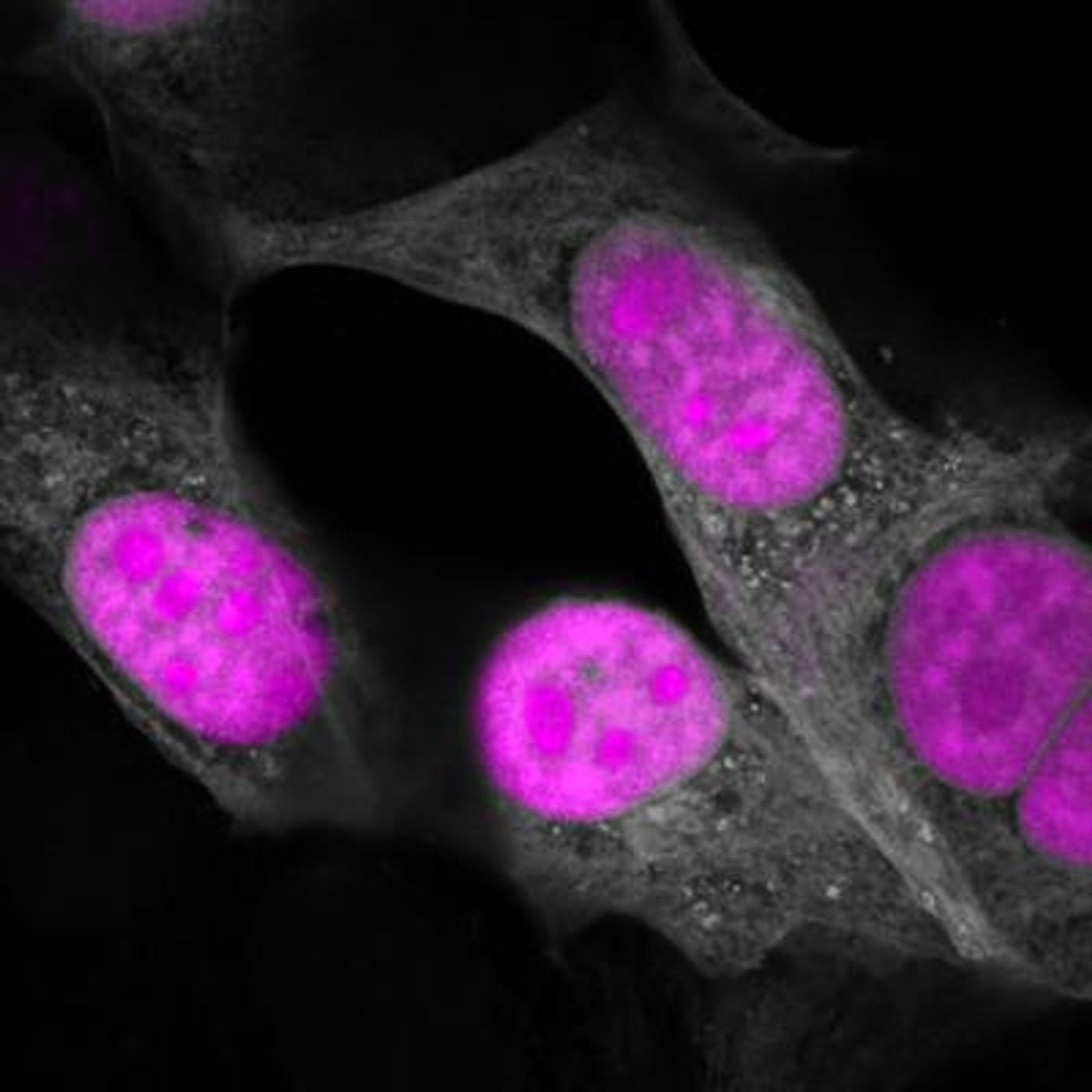CasRx - A Genetic Editor That Repairs RNA Errors
Genetic defects cause many different kinds of diseases, and researchers have looked for ways to correct those errors for many years. Several years ago, the CRISPR/Cas9 editor sparked a revolution in molecular biology; it was developed as an incredibly easy and efficient way to edit the genome of any species of interest, and scientists have been tweaking and improving it ever since. These genetic scissors have now been adapted further by scientists at Salk Institute. They took the technology beyond the genome and into an intermediary molecule called RNA. The cell makes DNA into RNA and then finally, makes proteins from that. Many diseases arise due to RNA problems, and this work aims to fix them.
The Salk researchers have also tested their technology by applying it to a patient. Incredibly, they have been able to repair RNA in a person with dementia, and now the patient’s protein levels have been restored to normal. The technique has been called CasRx and has been reported in Cell. This research will surely lead to even more innovation in gene therapy.
"Bioengineers are like nature's detectives, searching for clues in patterns of DNA to help solve the mysteries of genetic diseases," said senior author Patrick Hsu, a Helmsley-Salk Fellow. "CRISPR has revolutionized genome engineering, and we wanted to expand the toolbox from DNA to RNA."
CRISPR comes from a bacterial immune system that can dice up invading DNA. In this work, the scientists looked for other kinds of enzymes other than Cas, enzymes that could target RNA, to address errors in it (instead of DNA as in the CRISPR/Cas9 system). RNA has to be transcribed at the proper levels and spliced in the right way to create healthy proteins for cells, but errors in RNA splicing can lead to myriad diseases including cystic fibrosis and frontotemporal dementia (FTD). Targeting those erroneously spliced RNAs could be a boon to patients.
"We began the project with the hypothesis that different CRISPR systems may have been specialized throughout an evolutionary arms race between bacteria and their viruses, potentially giving them the ability to target viral RNA," explained the first author of the work, Salk Research Associate Silvana Konermann, an HHMI Hannah Gray Fellow.
Using a computational program they created to interrogate bacterial DNA, the investigators scoured databases for CRISPR signatures. They are characterized by repeating patterns of genetic sequences. Their work revealed a family of CRISPR enzymes that can target RNA; they called it Cas13d.
Just like enzymes from the Cas9 family, Cas13d enzymes that come from different kinds of bacteria have different activity levels. The team looked for the ones that would be ideal for use in human cells and found that an enzyme from a gut bacterium, Ruminococcus flavefaciens XPD3002, would be best.
"Once we engineered CasRx to work well in human cells, we really wanted to put it through its paces," noted Konermann.
The researchers used their new enzyme to fix a problem in disease. The ratio of a protein called tau is imbalanced in neurons in the neurodegenerative disorder FTD. An RNA sequence that codes for tau was targeted, because it appears at excessive levels in the disorder. CasRx was packaged with a virus, and stem cells from an FTD patient were exposed to that. Those cells grew into neurons, and a balance was restored in the patient; CasRx was 80 percent effective at recalibrating the tau protein levels.
Because CasRx is small, it may be easy to deliver to a patient. It also did not exhibit off-target effects, an amazing feat considering how effective it was. The Salk team wants to continue to explore how this system can be used.
"Nature is full of so many secrets," added Hsu. "It's really a rich, untapped resource for inventing new technologies."
Sources: AAAS/Eurekalert! via Salk Institute, Cell









